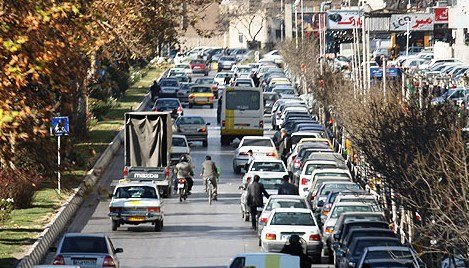
Which Exchange Rate to be chosen?
There are two different exchange rates in Iran: Governmental rate, where 1 USD is equivalent to 30180 IRR and Market rate, where 1 USD is 35613. This 18% difference causes many problems. There are long-term negotiations regarding filling this gap. However each issue has its own consequences. If the lower rate is to be taken, Iranian exporters, particularly from private sector, would face a huge loss. If the higher rate is to be taken, all Governmental foreign income in national currency would decrease by 18%. This is why it is considered as a double-edged sward.
Fixed Exchange Rate: a discouraging fact
To encourage more foreign investors to its market, Iran emphasises on easy access to all its neighbour markets: a total of 300 million people. But to make it come true, Iran has to reduce investment obstacles. Tightly controlled exchange rate is one of them. Next year budget bill predicts only 5% growth for exchange rate, while the inflation rate is at least 15%.Therefore manufacturers’ expenses will grow much faster than their export-income (in foreign currencies). The market size might be appealing but not enough unless such regulations are soften.
Auto-parking and traffic solution
Since ten years ago, Traffic and Transportation Organization of Tehran launched a plan to organise the parking-plots in the city.
It lends different districts of the city to contractors who charge cars manually by their “parking guards”. Initially the plan was supposed to smooth traffic as these guards could indicate where an empty plot is located. They should prevent cars to stop in non-dedicated places, and it would create more jobs.
The outcome was not as expected. It created more traffic jams with double parking organised by the parking guards with higher parking rates. Now Tehran Municipality aims to replace the guards by automated parking machines.

Be the first to comment